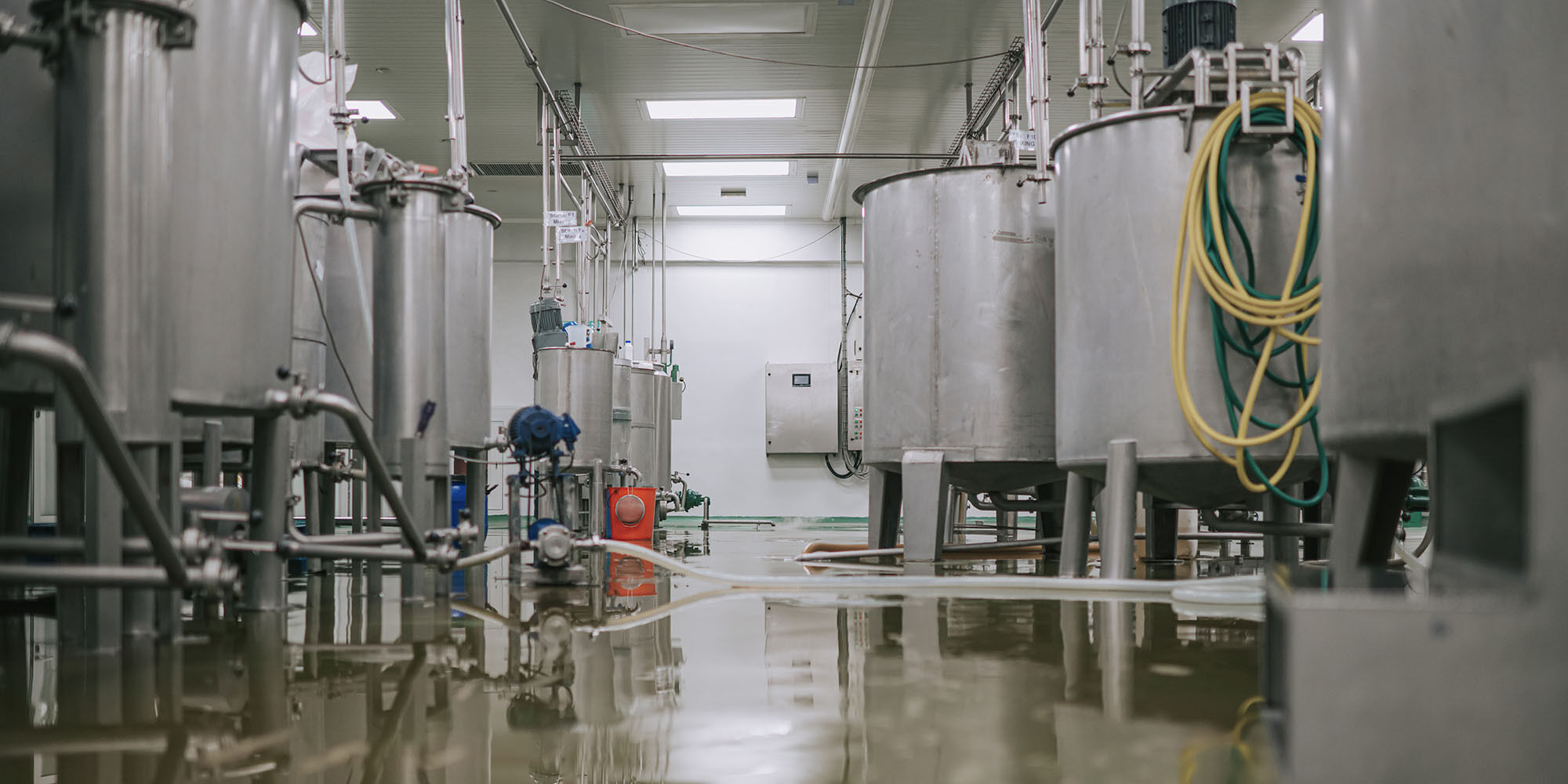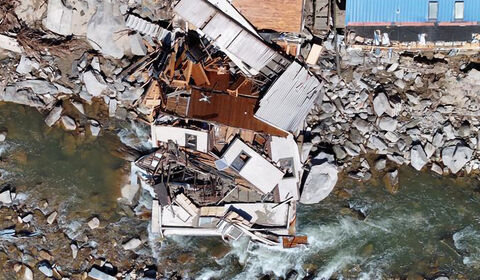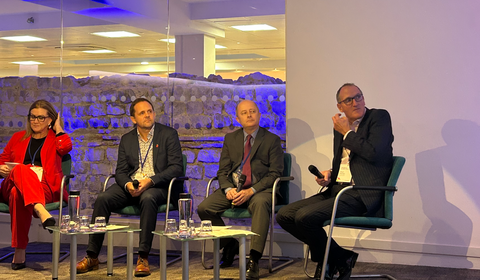When Hurricane Helene struck North Carolina, it left behind not just destruction, but a looming national healthcare crisis. One of the nation's life sciences facilities was hit hard by flooding. The flooding threatened critical equipment, with moisture, humidity and rust wreaking havoc on proprietary systems. Even worse, production was halted completely, leaving hospitals and other emergency services programs facing critical shortages that resulted in product rationing for emergencies only and the cancelation of elective surgeries.
“This was no ordinary disaster—it was a national emergency. But it was also a moment where quick action, expert intervention and seamless collaboration proved to be the key to preventing catastrophe,” said Houston Estes.
A nation on the brink: The crisis unfolds
The facility’s shutdown was a serious blow, not just for the company but for the healthcare system at large. As a instrumental supplier to the Department of Defense (DOD), there were major impacts felt in the government sector as well. The company’s product was essential to hospitals and clinics across the country. Without a steady supply, patients who needed life-saving treatments were facing uncertainty. The potential for a prolonged shortage was a looming threat, and the urgency of restoring operations was clear.
The problem wasn’t just about physical damage. The sensitive nature of the equipment—coupled with the high levels of moisture in the air and potential for rust—meant that the recovery process needed to be quick and meticulous. Every moment of downtime compounded the problem, leading to a larger, more difficult recovery.
Heroes behind the scenes: The recovery dream team
When disaster strikes, it’s often the coordination of many different experts that makes all the difference. Crawford’s Global Technical Services (GTS) team quickly mobilized a top notch group of insurance professionals, industrial hygienists and process experts to assess the damage and put a recovery plan into action. These partners worked tirelessly toward the same goal of fast, fair and efficient solutions. Each person provided specialized knowledge about the unique challenges and complexities involved in pharmaceutical manufacturing losses, not typically covered in general insurance or claims scenarios.
Despite the high stakes and emotionally charged situation, the GTS team and their partners focused on building trust with the facility’s leadership, emphasizing the importance of a swift and effective response. For the process to run smoothly, temporary workshops were set up to train employees on equipment triage, maintenance and cleaning. Everyone was committed to going above and beyond the call of duty understanding the urgency. Teams accelerated funding and recovery efforts. This was critical to stabilize the situation and get the facility running again, quickly. The GTS team proactively managed the stakeholders, processes and payments with the goal that necessary resources were available without delay.
Turning the tide: How quick action saved the day
Thanks to the swift, coordinated response, the situation was stabilized in just 12-18 hours. The intervention not only prevented nearly $1 billion in losses but also avoided a potential long-term disruption to the national healthcare supply chain.
By getting production back up and running quickly, the GTS team saw that hospitals, emergency service providers, and treatment facilities could continue receiving the critical supplies they needed. Elective surgeries were able to resume, and essential healthcare operations avoided a prolonged shutdown.
This success story highlights the critical importance of collaboration in managing large-scale losses. In this case, as noted by Houston Estes, managing executive general adjuster,
“It was a collective effort between insurers, technical experts, and the facility’s leadership that made all the difference. Not only did they save hundreds of millions in potential losses, but they also helped protect lives and prevent both a national security and healthcare disaster.”
In a world where healthcare and emergency services are often only one disruption away from crisis, this case serves as a powerful reminder of the value of preparedness, communication and rapid action. Whether you’re dealing with hurricanes or other unforeseen disasters, the ability to mobilize and respond with expertise can turn a potentially catastrophic situation into a success story.



